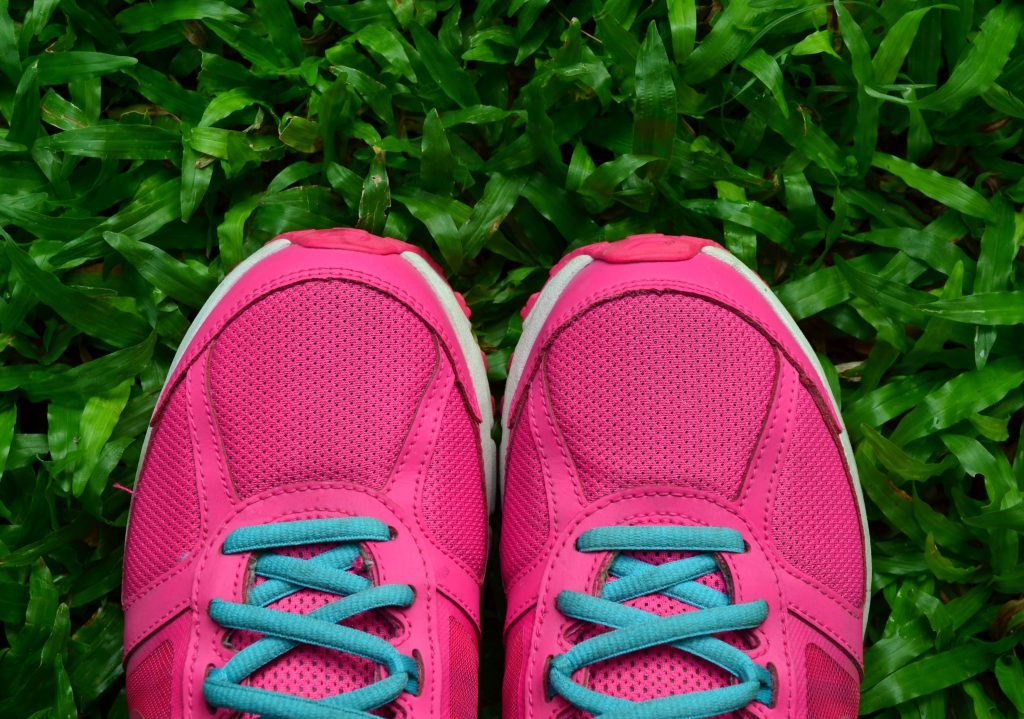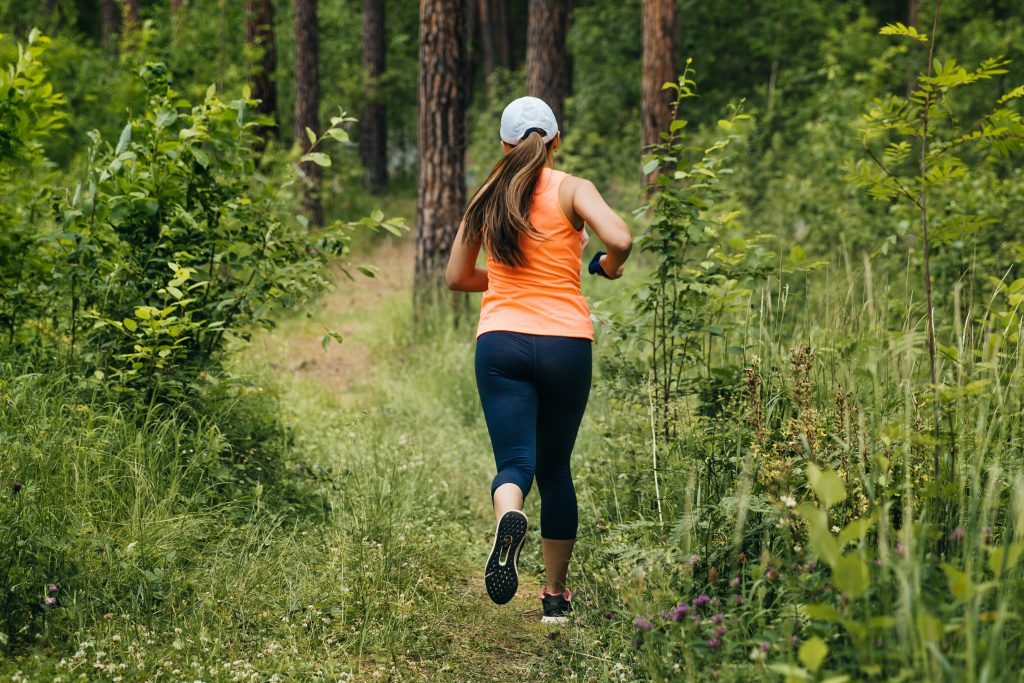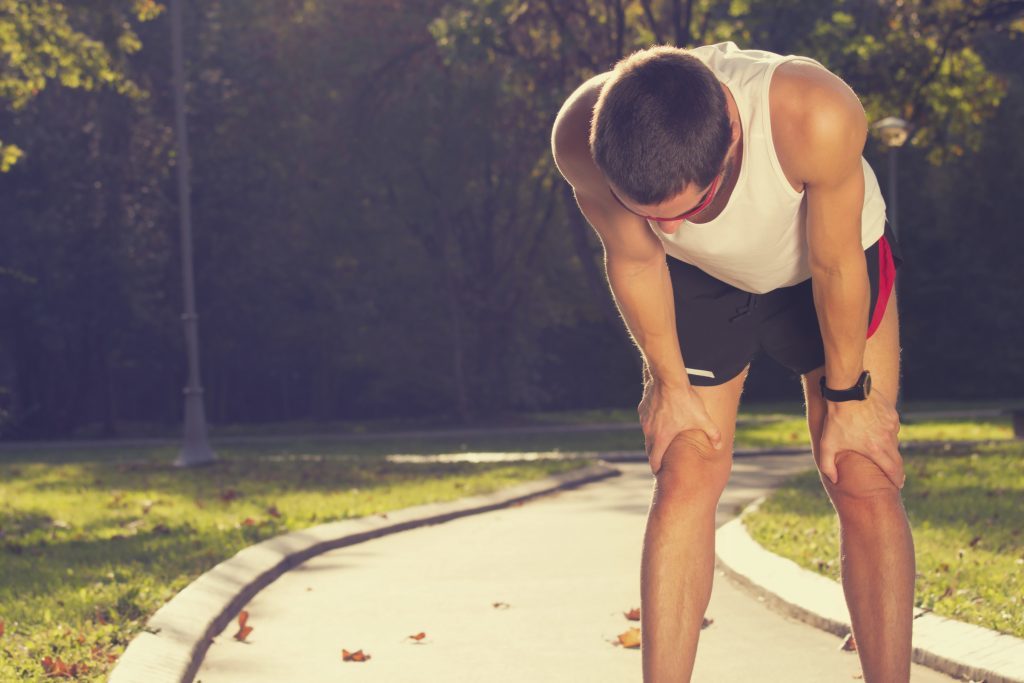
IF watching the amazing Olympic athletes in Rio has inspired you to get in shape, then running is a simple and cheap way to start.
All you need is a good pair of running shoes and the inclination to get out and about.
Here are some top tips before you get started!
Take the plunge
Sign up to a race like a 10k or half marathon in three to six months time and tell everyone you’re going to do it. They’ll hold you to that promise!
Wear suitable clothing
Upgrade your trainers. Even if your old shoes look wearable the support has probably completely worn away, which is very bad for your knees if you run a lot.
Get some running clothes that will make you almost look forward to heading out for a jog.
Plan and train
Make yourself a running schedule but be realistic, you’re not going to run every day at 6am!
“Running is an ‘impact’ activity’” says personal trainer Matt Scaysbrook of Renovate Wellbeing, “it transfers mechanical stress through the body when you’re feet land on the floor.
“If you haven’t done much running before then your joints and connective tissues (tendons and ligaments) must be given a chance to adjust to this impact. So it’s really important to begin slowly and give yourself adequate time to recover from each run.”
But how much running is too much? Scaysbrook suggests: “Start with a short run at a slow pace so that it feels fairly easy for you. Then give yourself at least three full days off before trying again and during this time pay attention to how your body feels.
“If you still feel tight or tired then give yourself more recovery time. When you do run again, keep the pace the same but try to do an extra minute or two. Slow and steady progression will prevent the likelihood of injury and allow you to continue to benefit from what running has to offer.”
Before you head out, try using a smartphone app like Map My Run or On The Go Map to map out a local route and keep a note of the distances you’ve run.
If fitting a run into your busy schedule seems impossible, run near your office after work, run at lunchtime, run to get somewhere.
If you don’t fancy going it alone, go to your local Park Run or join a running club.
Location
Get outside and find somewhere lovely to run, like a park or along a canal. If you do prefer to use a treadmill, put it on an incline.
Scaysbrook says: “When traditional treadmills are flat the technique required to run on them does not mimic the pushing forward movement that is required when you run outside. This can be rectified by increasing the incline of the treadmill to at least 1.5%.
“Treadmills have small amount of suspension in them so there is slightly less impact on the joints compared to running outside”.
On the run
Pace yourself, keep hydrated and have confidence.
Don’t expect too much, too soon. If you’re struggling after 10 minutes, stop for a breather. You’re not training for the Olympics, don’t put an unreasonable amount of pressure on yourself.
Listen while you run. Having the right music can keep you hyped up and motivated. Some people say getting into a podcast is a good distraction too.
Speaking of music, you’ll need something to keep your phone in. Running belts give you space for your keys/card/money too.
Progress
Build the miles up very gradually. An extra mile or two every fortnight is enough.
Remember, too, that it’s not all about constantly increasing the miles. You can improve your fitness with shorter, faster runs or interval running.
Alternatively find a big hill, run up it and walk down several times.
Most runners experience some kind of injury or niggle, like in most sports, so don’t be disheartened if it happens to you. Whilst it isn’t possible to completely remove the risk of getting injured, Scaysbrook does have some techniques you can employ to help minimise the risk.
“Complete some dynamic stretches before you run to warm up your joints, muscles and cardiovascular system,” he says. “When you’ve finished your run it is important to do some stretching to relax and lengthen your muscles to reduce the likelihood of them becoming tight. Most injuries are a result of ongoing postural and technique problems though. If you do get injured then it is very important that you stop running and then rest the injured body part until you get the chance to consult a healthcare professional.”
If you’re in training for a race, taper off your training. You should have reached peak miles by two or three weeks before the race. After that, there’s no benefit to doing long distances. Do keep running but decrease your miles, and in the week off the race, do very little.
READ MORE
The internet sees the funny side of the Rio Olympics 2016
Meet the man who saw off drink and drug addiction by taking up running

Enjoy the convenience of having The Sunday Post delivered as a digital ePaper straight to your smartphone, tablet or computer.
Subscribe for only £5.49 a month and enjoy all the benefits of the printed paper as a digital replica.
Subscribe


